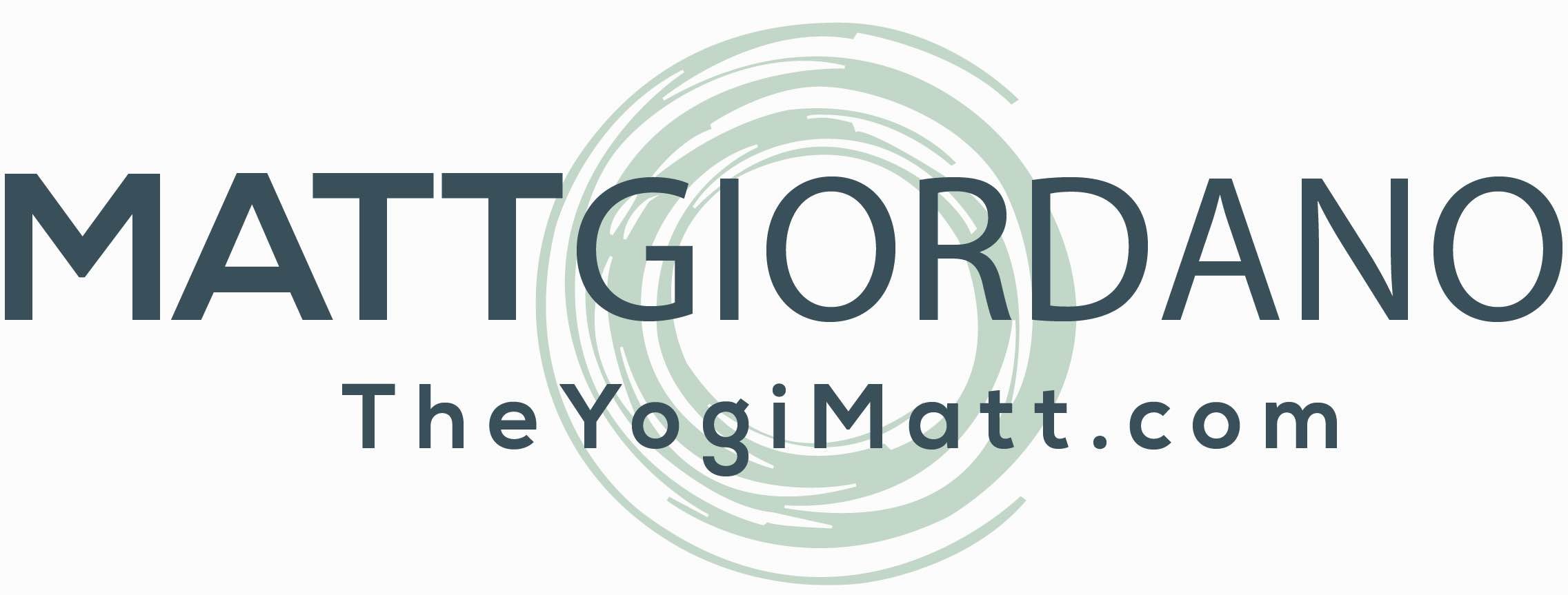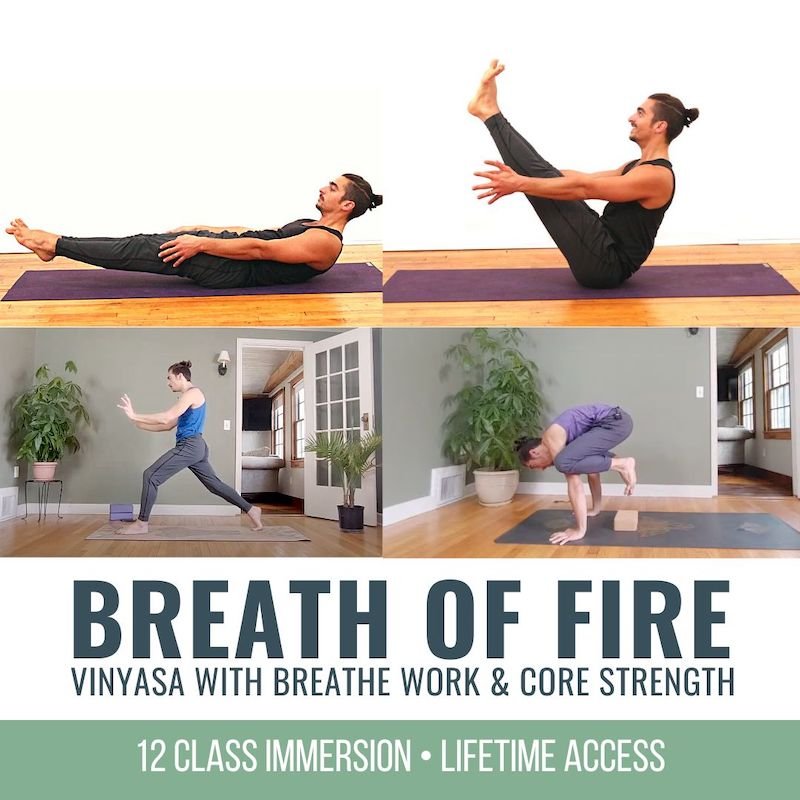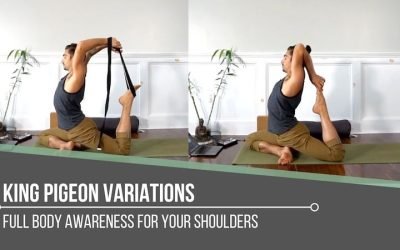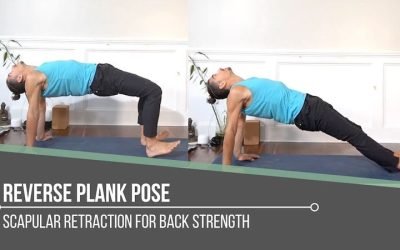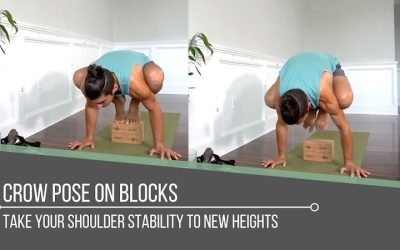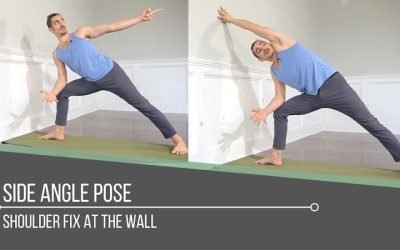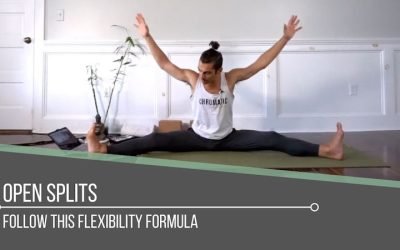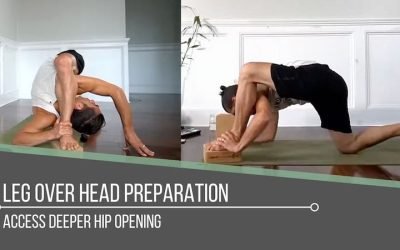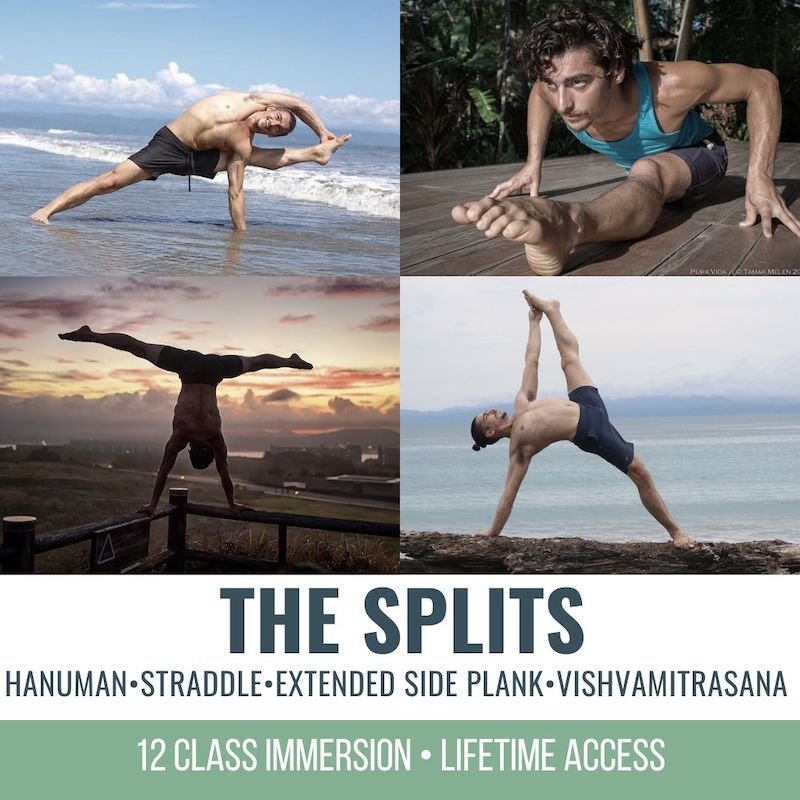King Pigeon Variations Full Body Awareness for Your ShouldersmobilityKING PIGEON If you’ve practiced with Matt before, you’ll be aware of the domino effect or the ripple effect of how a yoga posture unfolds. Matt brilliantly breaks down every pose with care and...
Yoga Teacher Training
Yoga Teacher Training
More Than You Bargained For
200 & 300 Hr.
DECIDING ON THE BEST YOGA TEACHER TRAINING
Deciding to invest in a yoga teacher training feels like a no-brainer for some; for others, it may be a more challenging decision for a variety of different reasons. Whatever the process, I can guarantee that you’re going to get more out of it than you could have ever imagined. Of course, there are some obvious considerations, like curriculum focus and the style of yoga you’re interested in teaching, but what you’ll find is that there are things you simply cannot anticipate or prepare for. These things make a significant impact and can change the course of your life. Matt’s yoga teacher training courses tick all boxes at both the 200 and 300/500 hour levels. Your goal may be to support and guide others on a professional level, which does not change; however, the personal development that takes place is incomprehensible.
WATCH THE VIDEO
YOGA TEACHER TRAINING: MORE THAN YOU BARGAINED FOR
DOES THE CURRICULUM FULFILL YOUR NEEDS?
The curriculum outline in a yoga teacher training program will significantly affect your decision to certify. It’s not uncommon to place more weight on a particular area of interest, and some training programs may have a greater emphasis in one area. What you’ll find is that when you decide to deepen your knowledge, one area of interest expands into others. In Matt’s yoga teacher training programs, you are receiving a well-rounded foundation in the 200 hour program, which then expands exponentially in his 300/500 hour yoga teacher training. Matt is known for his expertise in the areas of anatomy and biomechanics, but when you delve into the training, you’ll find out about the wealth of knowledge he shares in the areas of yoga philosophy, meditation, and pranayama.
200 HOUR ONLINE TEACHER TRAINING
GET CERTIFIED & DEEPEN YOUR YOGA PRACTICE
- Deepen your yoga practice
- Build confidence speaking in front of groups in person and online
- Learn foundational class structures and templates
- Learn techniques for a wide range of yoga postures
- Get certified and highly qualified to teach yoga
- Yoga Alliance Globally Recognized Certification Program
ACCESSIBILITY
Another extremely important factor is accessibility, which can be viewed from different perspectives.
Not that long ago, the idea of an online yoga teacher training was not typical. It is now part of the norm. The fact that the training is online makes it more accessible to those that have wanted to practice with Matt but are unable to travel to an in-person location. This is a huge win!
There may also be some hesitation if you’re feeling like you are not a good candidate for teacher training because you don’t incorporate more “advanced postures” into your own practice, but this is not the case. You will deepen your own practice as you learn how to teach. However, while the skills you learn in Matt’s yoga teacher training programs are tangible, it’s not about what you can do physically but about how you can create transformational experiences for your students.
300 HOUR ONLINE TEACHER TRAINING
GET 500 HOUR CERTIFIED AS A MASTER TEACHER
Master your skill set as a teacher through refined techniques, anatomy, biomechanics, sequencing, philosophy, meditation techniques, theming, yoga business, and much more!
- Get 500 hour certified
- Learn anatomy, biomechanics, asana techniques
- Expand your teaching skills
- Masterful sequencing and verbal delivery
- Learn meditation and breathwork techniques
- Transformative tools: theming, dharma talks, satsang
200 VERSUS 300 HOUR TRAINING: WHAT’S THE DIFFERENCE?
The 200 hour training is perfect if you are not yet certified. It is specifically designed for you to create a solid foundation. You will learn more about the practice of yoga in the areas of philosophy, anatomy, asana, and teaching techniques. You will learn how to sequence a class and even how to use your voice.
If you’re already certified, the 300 hour program is going to exceed your expectations of how you’ll develop both personally and professionally. The 4 sections offered (Anatomy, Heart, Chromatic Level 1, and Leadership) are not only filled with valuable information but also designed in a way that is very practical, which allows you to actually apply your knowledge in a variety of yoga spaces (classes, private yoga, retreats, etc.)
COMMUNITY
One of the most important thing you will experience in both training programs is community. There is a wealth of knowledge that’s exchanged between Matt, guest teachers, mentors, and fellow students. Comfort and safety is nurtured very early on in the training, which creates an environment of sharing that helps you to grow.
Given all of these elements—a solid curriculum, practical skills, and community support—Matt’s yoga teacher training programs will more than fulfill your expectations.
Registration is open for June! Take advantage of an exceptional opportunity for growth and transformation.
The 200 Hr. Teacher Training: Click Here to See the Next Start Date
The 300 Hr. Advanced Teacher Training: Click Here to See the Next Start Date
Article by Trish Curling
Video Extracted From: 200 & 300 Hr. Teacher Training
BREATH OF FIRE
- Moderate Vinyasa-style classes
- Core strengthening & integration
- Master your breath with pranayama practices
- Access your core in arm balances, heart openers, twists, forward folds, inversions, and more
- Learn where and how to breathe in challenging postures
- Each class will include one pranayama (breathwork practice) and several core strengtheners
- Access your core muscles: deep, superficial, anterior, posterior, and lateral
- 12 Classes: All levels appropriate
- Lifetime unlimited access to all
- Attend the livestream OR practice the replays any time that’s convenient for you
$148.00
Continue Learning
King Pigeon Variations
Reverse Plank Pose
Reverse Plank Pose Scapular Retraction for Back StrengthPURVOTTANASANAREVERSE PLANK POSE Asymmetry is a common issue when it comes to our asana practice. Opportunities to work on strengthening muscles in the back body are much less frequent than opportunities to...
Crow Pose On Blocks
Crow Pose on Blocks Take Your Shoulder Stability to New HeightsSTABILITYCROW POSE It’s not unusual to have a healthy amount of fear and hesitation when it comes to finding balance in crow pose: Will I fall? Am I strong enough? Will I hurt myself? One of the most...
Side Angle Pose
Side Angle Pose Shoulder Fix at the Wallupward rotationSIDE ANGLE POSE Stop for a moment and think about how many times you lift your arms overhead in any given asana practice. There are plenty of opportunities, aren't there? Side Angle Pose is a perfect example. ...
Open Splits
Open Splits Follow This Flexibility FormulaSAMAKONASANAOPEN SPLITS Open Splits is one of those postures that may not always make it into your asana practice, but there are a number of good reasons for it to start showing up more often. It does require a considerable...
Leg Over Head Preparation
Leg Over Head Preparation Access Deeper Hip OpeningFLEXIBILITYLEG OVER HEAD PREPARATION Looking at a posture like Leg Over Head Pose, you might think that this extreme hip opener is completely off the table in terms of incorporating it into your yoga practice. Don’t...
THE FREE TECHNIQUE PACK
When You Subscribe, You Will Get Instant Access to
- the Technique Pack: 15 yoga pose breakdowns
- exclusive online course discounts
- exclusive blogs and videos
